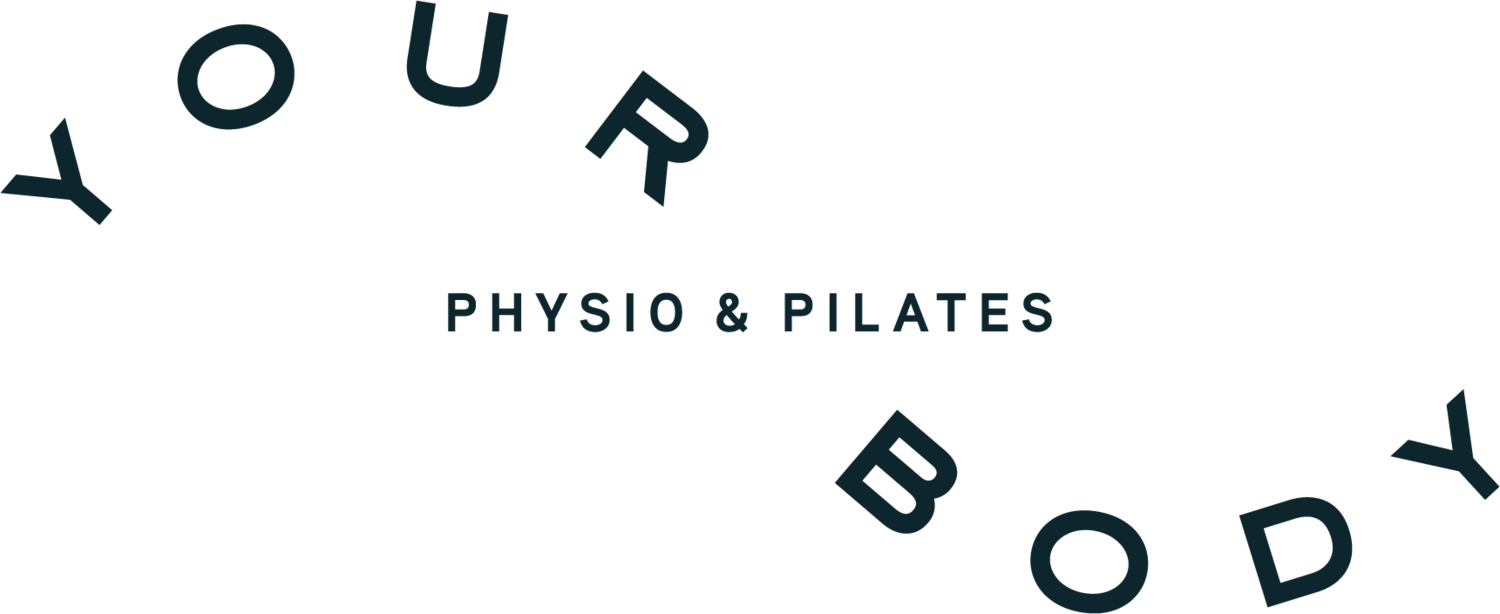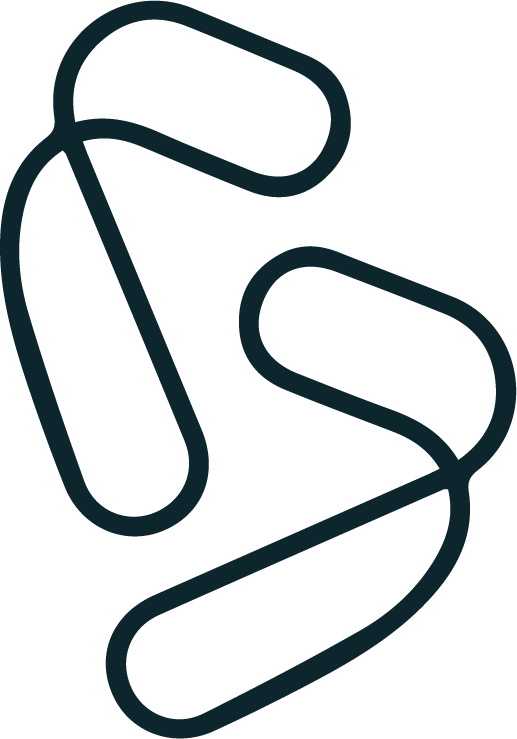Achilles Tendinopathy
The Achilles Tendon is formed of the tendons of the calf muscles, thegastrocnemius and soleus muscles, and inserts into the heel. These muscles contract and cause the foot to plantarflex (brings the heel up).
Tendinopathy Is a painful overuse injury to tendons. It’s described as a failed healing response due to continuous overload with adequate recovery. Up to 80% of athletes who had Achilles tendinopathy described a sudden change or increase in their training but you don’t have to be an athlete to get this injury. Overuse can also occur if you have increased physical activity like walking or when there is an increase in pressure on the tendon due to a change in loading mechanics. We commonly see this injury in people who have recently changed footwear or who have started walking with an altered gait pattern due to another injury or concern.
As well as pain, there are structural changes to the tendon. These changes can reduce function of the tendon, impairing sports performance and affect movement of the ankle. Re-injury is common, especially if the tendinopathy is not treated correctly and an athlete is rushed back to playing sport.
It is important to recognize the symptoms early and seek treatment quickly. This will result in a faster recovery with less severity and effect on performance..
Symptoms
Symptoms include pain localised to the Achilles, which is anywhere from the heel up to around 6cm above. Pain will also be present at the beginning of exercise and after, but not during most of it at first. As the injury progresses, pain will be present throughout exercise.
There may be some swelling or thickening of the Achilles as a response to the excess load placed upon it.
There may also be stiffness after long periods of sitting, or first thing in the morning.
Many report a loss of function, with deficits in strength and performance.
Treatment
Initial management is conservative with many patients showing good outcomes. The treatment with the highest level of evidence is exercise rehabilitation. Exercise is thought to promote remodeling of the tendon, as well as decreasing pain and improving endurance and function. Complete rest can prolong recovery and instead focusing on load management should be more of a priority.
The rehabilitation can be broken down into 4 phases: symptom management and load reduction, recovery, rebuilding, and return to sport.
This first stage focuses on reducing the load on the tendon, and this can be achieved by altering how much activity you do. Some pain is allowed in this stage if pain and stiffness do not get worse.
The recovery phase aims to regain the strength of the calf muscles as symptoms subside, which will help improve the tendons load tolerance. This is done through the use of carefully prescribed exercises.
The rebuilding phase aims to include heavier strength training and introduce running and jumping activities, getting you ready for the last phase.
The final phase aims to get athletes returning to sport or if you’re not an athlete, back to full activities. It is important to not return prematurely even if symptoms have subsided, which is why working with a Physiotherapist is important as they will be able to monitor and progress you accordingly. Depending on the severity of the condition, full recovery can take over a year.

